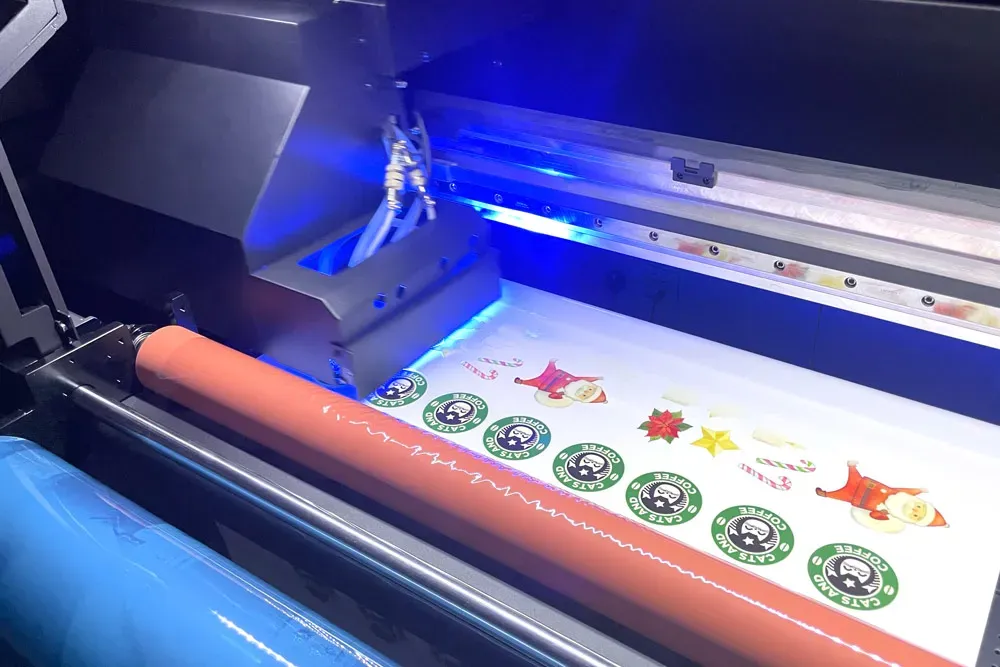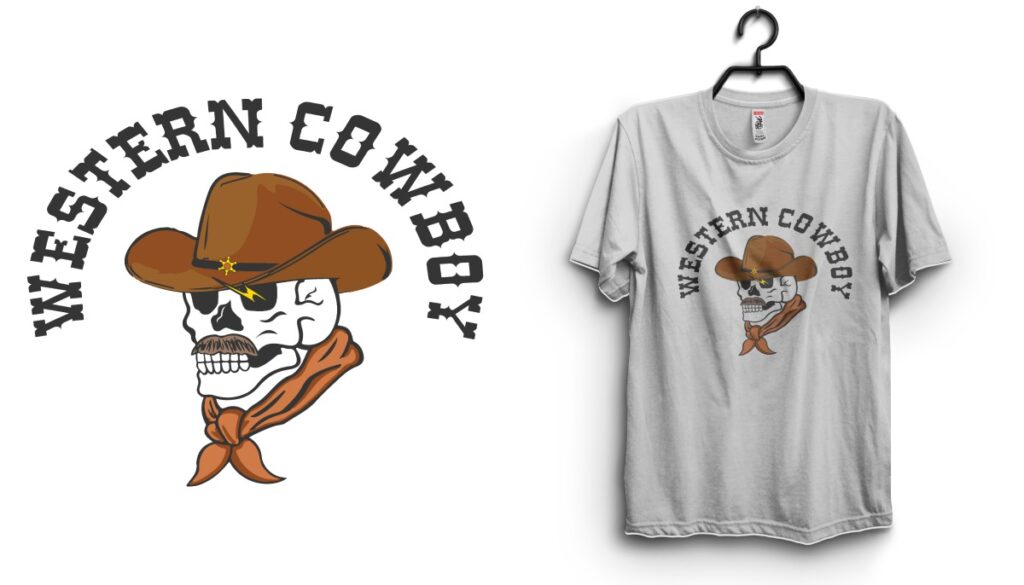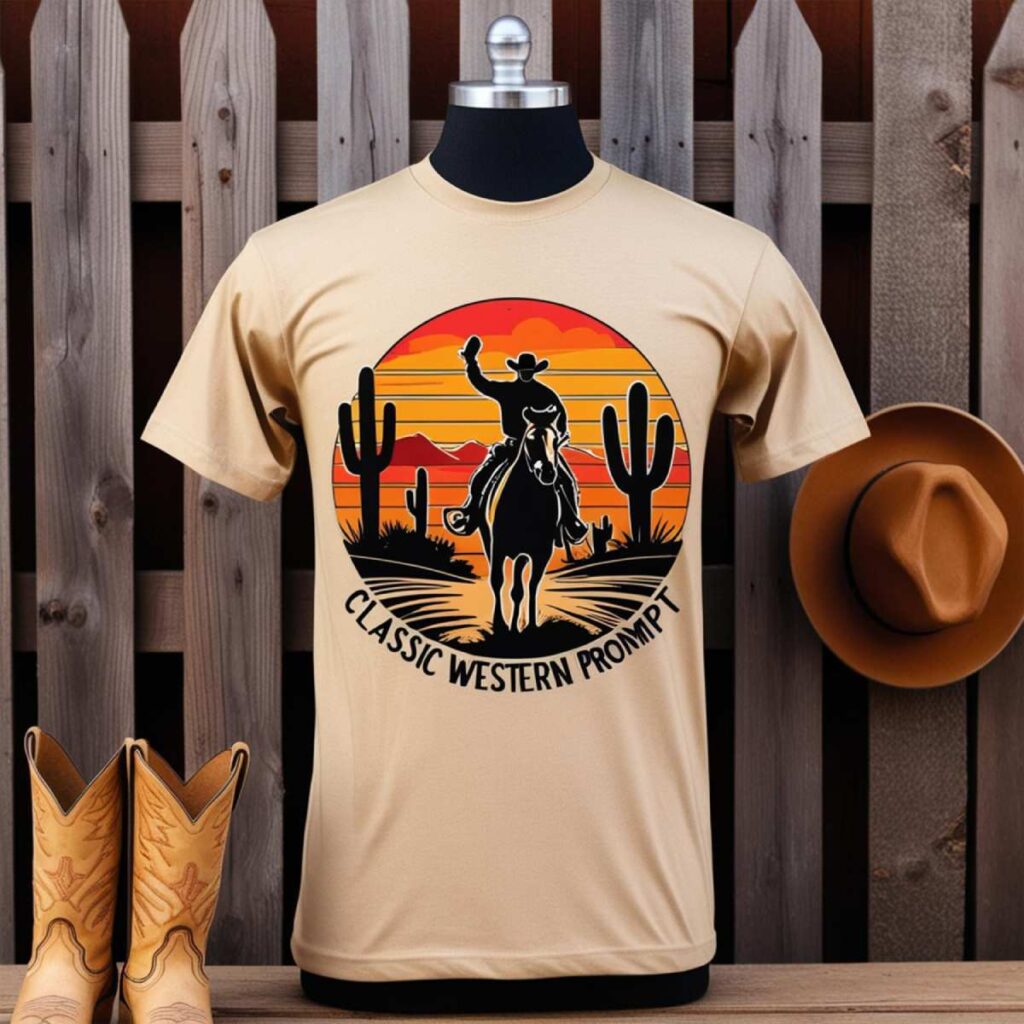In the realm of modern printing, **UV DTF printing** has emerged as a groundbreaking technique that combines versatility and creativity like never before. This innovative process merges the reliability of UV printing with the efficiency of DTF technology, allowing creators to transform their ideas into stunning custom prints on various surfaces. Artists and businesses alike are turning to this method to produce eye-catching designs that stand out, thanks to its ability to deliver vibrant colors and intricate details. As the demand for unique, personalized prints grows, UV DTF printing rises to meet this challenge, facilitating a new standard in the printing industry. Join us as we delve into the art of UV DTF printing, exploring its benefits, techniques, and diverse applications that elevate visual expression.
Also known as UV Direct to Film printing, this state-of-the-art technique represents a significant shift in customized printing options. By harnessing advanced UV printing methods along with DTF technologies, this approach enables the production of high-quality imagery on a multitude of substrates. From textiles and plastics to metal and glass, UV DTF printing caters to an extensive range of materials, appealing to both artists and manufacturers seeking to capture vivid and detailed designs. This innovative solution empowers users to create remarkable custom prints that not only meet aesthetic demands but also ensure durability and vibrancy. Get ready to uncover the potential of this exemplary printing technology as we explore the essentials of mastering UV DTF printing.
The Evolution of Printing Techniques
Over the years, printing techniques have evolved significantly, aligning with advancements in technology and consumer preferences. From traditional screen printing to the revolutionary digital printing solutions we see today, each method has its unique applications and advantages. Techniques like UV printing and Direct to Film (DTF) have merged to create new possibilities for businesses and artists alike, paving the way for unprecedented creativity and efficiency. With innovations such as UV DTF printing, the industry is now capable of producing eye-catching, durable prints that meet diverse demands.
As industries evolve and consumer needs shift, the demand for high-quality, custom prints has surged. Techniques such as UV printing excel in speed and vibrancy, while DTF technology offers the flexibility to transfer intricate designs onto various substrates. This evolution reflects not only technological advancements but also a cultural movement towards personalization and unique creative expressions. Embracing these new printing techniques allows designers to stay relevant and competitive in an ever-changing market.
Benefits of UV DTF Printing for Custom Designs
UV DTF printing boasts a multitude of benefits that make it an appealing choice for creators and businesses alike. One notable feature is its impressive durability; UV-cured inks are designed to withstand fading, scratching, and general wear and tear, which is vital for custom prints that need to last. Furthermore, the rapid curing process of UV inks significantly reduces production times, maximizing efficiency for those who operate on strict deadlines.
Additionally, the versatility of UV DTF printing opens doors to an array of creative projects. Whether it’s printing on fabrics, metals, or glass, designers can experiment with various mediums without compromising quality. The incorporation of white and metallic inks allows for stunning, multi-dimensional designs that capture attention and elevate brands. As a result, businesses can differentiate themselves in a crowded market, providing unique custom prints that resonate with their target audience.
Exploring UV DTF Technology
Understanding the mechanics of UV DTF technology is essential for anyone looking to harness its potential fully. The process begins with high-resolution digital designs that are printed onto a specialized film using UV-cured inks. This method ensures that the colors are vibrant and adhere well to a wide range of surfaces. The transfer process involves carefully applying heat and pressure to bond the ink to the substrate, resulting in a flawless finish.
Moreover, the customization capabilities of UV DTF printing align perfectly with the current trend for personalized products. Whether creating one-off items or large batches, the technology caters to varying production needs. As industries continue to seek innovative ways to express their brand identity, mastering UV DTF printing becomes an invaluable skill that can lead to success and creative fulfillment.
Creative Applications in Fashion and Home Decor
The fashion industry has been significantly transformed by UV DTF printing, granting designers the ability to produce intricate, one-of-a-kind garments rapidly. For instance, vibrant t-shirt graphics and detailed apparel branding can now be realized with precision, enhancing brand visibility and consumer engagement. This innovation means that custom and promotional clothing are no longer constrained by design limitations, but can flourish with bold colors and intricate patterns.
Beyond fashion, UV DTF printing is gaining momentum in the realm of home decor. Modern consumers are increasingly seeking unique ways to infuse personality into their living spaces. Custom prints for wall art, decorative pillows, and even furniture pieces are in high demand. By utilizing UV DTF technology, designers can offer homeowners bespoke solutions that truly reflect individual tastes and styles, solidifying the tech’s versatility across various applications.
Mastering the Techniques of UV DTF Printing
To excel in UV DTF printing, aspiring creators must familiarize themselves with various techniques that enhance print quality and efficiency. Setting up and calibrating the printer is a critical first step—ensuring that the software is optimized and print heads are properly aligned can make a significant difference in output. Additionally, understanding color profiles, especially for UV printers that often use CMYK models, is essential for achieving accurate and vibrant designs.
Another crucial technique is conducting test prints, which can reveal potential issues with adhesion and color accuracy before committing to larger runs. This measured approach minimizes waste and helps fine-tune the final product. Engaging in continuous learning and seeking feedback is also paramount, as the realm of UV DTF printing is always evolving with new technologies and techniques. Embracing this journey can lead to mastering the craft and producing exceptional custom prints.
Sustainability in UV DTF Printing
As the printing industry recognizes the importance of sustainability, UV DTF printing is paving the way for more environmentally friendly practices. Many modern UV inks are formulated to emit fewer volatile organic compounds (VOCs), thus minimizing the ecological impact of the printing process. This shift not only meets rising consumer demands for green products but also aligns with broader industry goals towards sustainability.
Moreover, the durability of UV DTF prints means that fewer resources are wasted on reprints or consumables. By creating higher-quality, long-lasting products, businesses can reduce their carbon footprint while still meeting customer expectations. Ultimately, embracing UV DTF printing allows designers and brands to promote their environmentally conscious values while delivering stunning, custom prints that resonate with their audience.
Frequently Asked Questions
What is UV DTF printing and how does it differ from traditional printing techniques?
**UV DTF printing** combines UV curing technology with Direct to Film methods, allowing for high-quality prints on various surfaces. Unlike traditional printing techniques, which may be limited to specific substrates, UV DTF prints can be applied to textiles, plastics, metals, and glass with exceptional durability and vibrant color.
What are the primary benefits of using UV DTF printing for custom prints?
The benefits of **UV DTF printing** include efficient production speed, exceptional ink adhesion, versatility across multiple materials, reduced environmental impact, and the ability to create intricate designs. These attributes make it an excellent choice for producing high-quality **custom prints**.
How do I prepare my designs for UV DTF printing?
To prepare designs for **UV DTF printing**, use graphic design software ensuring CMYK color profiles and high-resolution images. It’s crucial to create vector graphics for crisp outcomes. Always conduct test prints to verify color accuracy and alignment before full production.
Can UV DTF printing be used for fashion and apparel customization?
Yes, **UV DTF printing** is ideal for fashion and apparel customization. It allows designers to create vibrant prints on t-shirts, jackets, and other accessories, making it a popular choice for promotional clothing and personalized gifts in the fashion industry.
What materials can be printed with UV DTF technology?
**UV DTF technology** is incredibly versatile, allowing printing on a wide range of materials including textiles, plastics, metals, glass, and more. This makes it suitable for various applications ranging from promotional products to home decor.
Is UV DTF printing environmentally friendly compared to other printing methods?
Yes, **UV DTF printing** is more environmentally friendly than many traditional printing methods, as it uses UV-curable inks that emit fewer volatile organic compounds (VOCs). Many UV inks are formulated to reduce their environmental impact while providing durable and vibrant color options.
| Key Point | Details |
|---|---|
| Introduction | UV Direct to Film (DTF) printing enables vibrant and intricate designs, revolutionizing custom printing. |
| Benefits | 1. Speed and Efficiency: Faster production times for high-volume businesses. 2. Ink Technology: Durable, vibrant inks that resist fading. 3. Versatility: Can print on various materials like textiles, plastics, and metals. 4. Environmentally Friendly: Reduced VOC emissions from inks. 5. Creativity: Ability to print intricate designs with special inks. |
| Techniques to Master | 1. Setup and Calibration: Ensure correct printer setup and alignment. 2. Design Creation: Use graphic design software and high-resolution images. 3. Test Prints: Conduct tests for color accuracy and alignment. 4. Transfer Process: Follow proper adhesion techniques for each substrate. 5. Final Touches: Inspect and adjust final products for quality. |
| Applications | 1. Fashion and Apparel: Custom t-shirts, jackets, and accessories. 2. Promotional Products: Branded items like keychains and mugs. 3. Home Decor: Custom wall art and decorative items. 4. Industrial Applications: Labels, signage, and packaging. |
| Learning Resources | 1. Online Tutorials and Blogs: Valuable insights and guides available online. 2. YouTube Channels: Free tutorials and demonstrations. 3. Webinars and Workshops: Knowledge from experts and industry trends. |
Summary
UV DTF printing is an innovative method that opens up a world of possibilities for creating stunning custom prints. By harnessing the power of UV-curable inks and advanced DTF technology, this technique allows artists and businesses to produce high-quality prints on various materials, including textiles, plastics, and metals. The benefits of UV DTF printing include faster production times, vibrant colors, and the ability to explore creative designs that stand out in a competitive market. As more industries adopt UV DTF for applications ranging from fashion to home decor, mastering this art is invaluable for anyone looking to elevate their creative endeavors.



